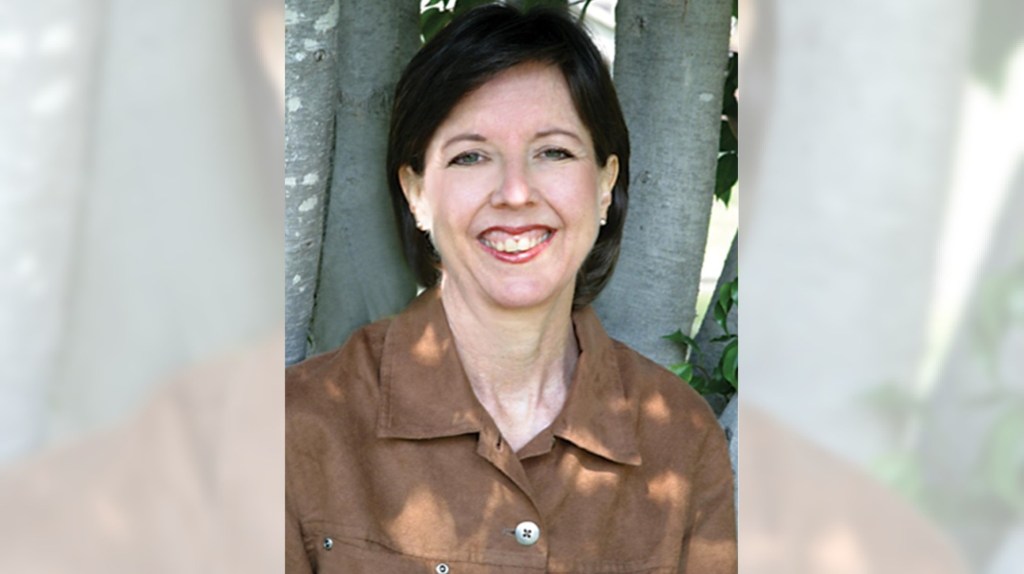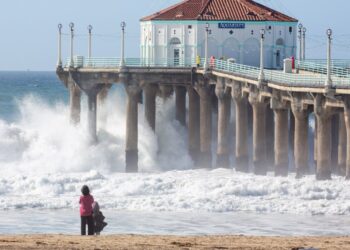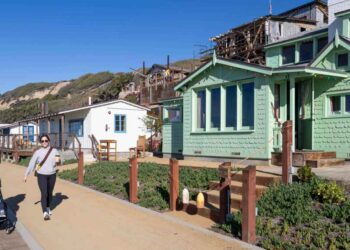Evergreen pear trees are in full bloom, and new green sprouts are showing up on deciduous tree branches that were barren just a few weeks ago. It’s as if Mother Nature set a wake-up alarm.
Trees are a calling card of Laguna Woods, which is often described as an “urban forest.” With its 35,000-plus trees and over 200 species, residents are treated to the beauty and comfort they provide. If they could talk, wonder what they’d say.
Meaghan Weeden of the nonprofit One Tree Planted reports that trees do talk to each other through sophisticated root systems and by emitting scented airborne warnings to support and protect one another. Referred to as plant eavesdropping, it’s unlikely that many trees would be able to survive if left on their own.
In Utah’s Fishlake National Forest, there must be considerable tree talk happening. What other explanation could there be to justify how 48,000 quaking aspens have lived for what Treehugger states is an estimated 80,000 years. For centuries, they’ve managed to brave the elements of hot summers and cold winters along with drought and insect attacks.
Then, like clockwork, the leaves of these wondrous trees have consistently turned bright yellow in the fall and “quake” as the wind passes through.
When I’m among trees, I talk to them in whispered thoughts or poetic verse. They feel approachable and are great listeners.
Our Aliso Creek park is abundant with trees, including a 400-plus-year-old sycamore tree that children love to climb and artists feature on their canvases. Near the bridge, there was a popular tree that I named Goggles because of its “cartoony” face formed by huge knots in its trunk. I cried when it came down.
On my first trail walk to Barbara Lake after recent rainstorms closed access, my eyes welled up with tears upon seeing that my favorite tree, which stood near the information sign, had succumbed to the downpours. In honor of this much-loved tree, I wrote: Thank you beloved friend,…
Read the full article here






